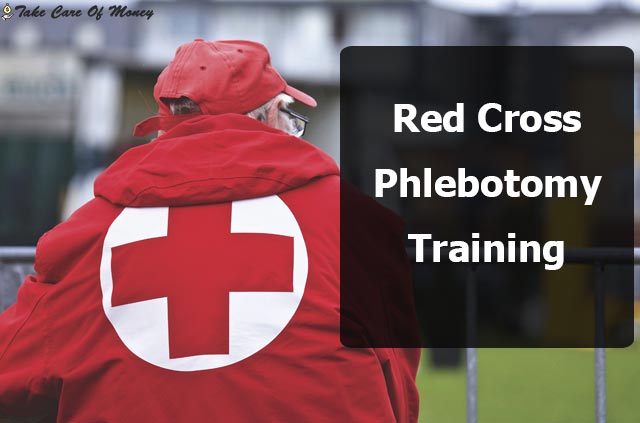Table of Contents
The American Red Cross offers a phlebotomy certificate, which consists of blood collection for testing. Training involves more than the ability to find a vein with a needle; You should also know the proper procedures to take several bottles of blood at once, how to store them and how to label them. Find the classes at the nearest office of the regional headquarters of the American Red Cross in your area.
Phlebotomists
All nurses and auxiliary nurses must take phlebotomy training as part of their education, but many hospitals, health diagnostic testing laboratories and medical offices hire these specialists. These health professionals have a main job: to draw blood, prepare it, store it and transport it for examination. They should be able to read and understand the doctor’s notes, know how many bottles of blood to draw and in what type of bottle to store. They must understand the health insurance requirements so that they know which laboratory they should send the test bottles to. In the hospital setting, phlebotomists can also help with blood transfusions.
Requirements
Before taking the Red Cross phlebotomy certification course, you must meet several requirements. You must be a graduate of upper secondary studies and be able to pass a reading comprehension test. You have to have a clean criminal background check, as you will be working with confidential medical information. If you do not keep up on your vaccines and their reinforcements, you must obtain the ones that are required, as well as obtain a tuberculosis test before starting the certification course. Pay for the course, which is usually about USD $ 1,000 in 2012 and you need to do it in advance. Some programs require you to be certified in cardiopulmonary resuscitation before enrolling in the phlebotomy course.
Course Description
The certification course covers the appropriate procedures for venipuncture, or the use of a needle to find a vein and collect blood. In addition, students learn about safe practices for blood management and the dangers of bloodborne diseases. Instructors provide information on the decorum of health care offices and customer care techniques to help students interact with coworkers and patients. Some phlebotomy courses also include training on how to use an electrocardiogram machine.
Certification
After the course, students obtain a certificate of completion of phlebotomy training. However, most must still take and pass the national state exam for phlebotomy certification to be considered for jobs as a phlebotomist.
